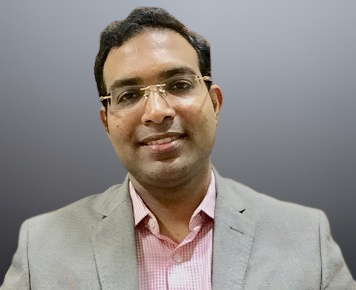Types/Stages of Neurofibromatosis
Neurofibromatosis can be categorised into three main types:
Neurofibromatosis Type 1 (NF1): The most common form, it is characterised by multiple café au lait spots, benign tumours under the skin, and a higher risk of developing other health problems such as high blood pressure and skeletal abnormalities.
Neurofibromatosis Type 2 (NF2): A less common form, it is characterised by bilateral vestibular schwannomas and other benign tumours in the brain and spinal cord.
Schwannomatosis (SWN): An infrequent form characterised by multiple schwannomas, which are benign tumours that grow on nerve roots and spinal nerves.
Symptoms of Neurofibromatosis
According to the best doctor’s neurofibromatosis treatment, symptoms of neurofibromatosis can vary depending on the type and severity of the condition. Common symptoms include:
-
Café au lait spots or flat, light brown birthmarks that can appear anywhere on the skin
-
Neurofibromas comprising benign tumours that grow under the skin or within the body
-
Bone deformities like scoliosis due to tumour growth in the spine
-
Eye problems like Lisch nodules, cataracts or vision loss
-
Hearing loss is particularly prevalent in NF2 due to bilateral vestibular schwannomas.
Tests to Diagnose Neurofibromatosis
Several tests are commonly used by doctors in diagnosing neurofibromatosis:
-
Physical examination: To look for café au lait spots and other physical signs of the condition.
-
Imaging tests: X-rays, CT scans, and MRIs can help identify tumours in the brain, spinal cord, and other parts of the body.
-
Genetic testing: This can help identify the specific genetic mutation causing the condition.
-
Eye exams: To check for Lisch nodules, cataracts, and vision loss.
Treatment or Surgery Options for Neurofibromatosis at Apollo Hospitals in Mumbai
While there is no cure for neurofibromatosis, various treatments can help manage symptoms and prevent complications. Treatment options available at Apollo Hospitals in Mumbai include:
-
Medication: The medicine can shrink the size of a tumour.
-
Chemotherapy: Potentially employed to treat certain types of tumours like optic gliomas.
-
Monitoring: Regular checkups are crucial to monitor the progression of the condition and detect any new symptoms or complications.









 Call Now
Call Now







